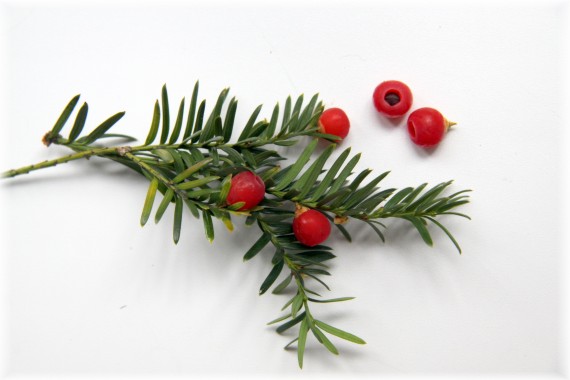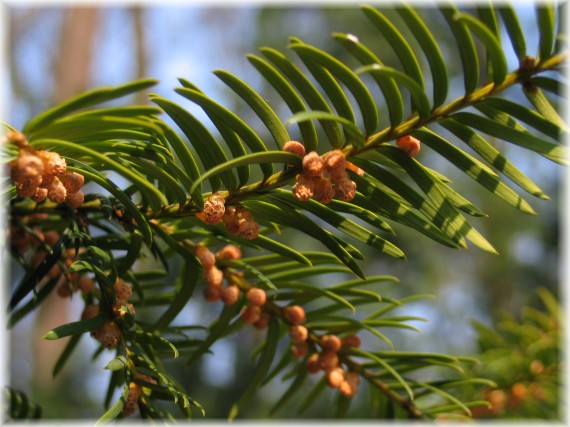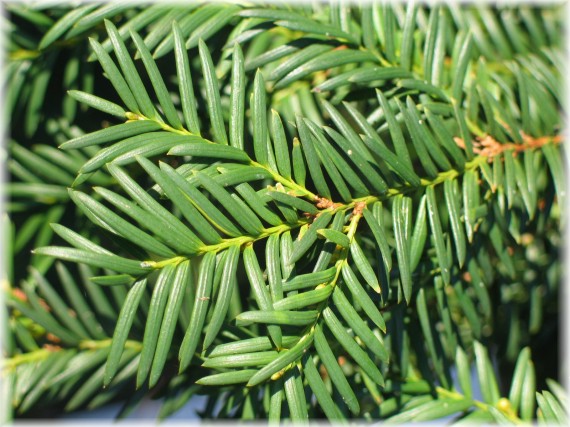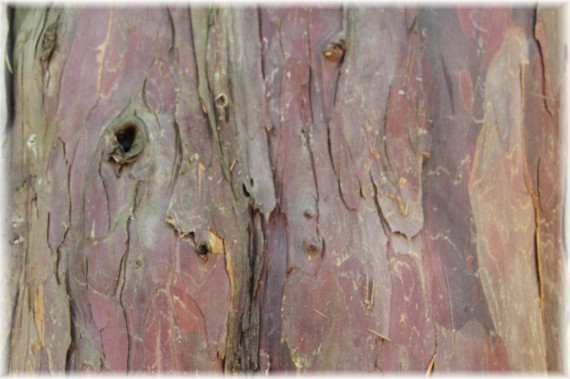| English name: |
COMMON YEW |
 |
| Polish name: |
CIS POSPOLITY |
| Latin name: |
Taxus baccata L. |
| Natural habitat: |
Central and Western Europe, North Africa, Asia Minor, Northern Iran and the Caucasus Mountains; in Poland it reaches the western border of its range |
| Height: |
up to 20 m |
| Characteristics: |
It is a tree or a broad bush. The trunk is covered by a red-brown flaking bark. Needles 2-3 cm long are dark green, shiny, lighter on the underside. It is a dioecious plant. Flowers develop in April and are wind-pollinated. Seeds are dark brown, egg shaped, surrounded by a soft, bright red cover, they ripen in September and October. Most parts, except for the bright red aril, are poisonous, they contain taxine which disrupts heartbeat. It is highly tolerant to trimming, and it is often used to make hedges and trimmed sculptures. Yew is also highly tolerant to shade. |
| Additional information: |
Yew wood does not contain any resin, it is hard, heavy, flexible and has a beautiful red tint. Yew wood was used to make bows, crossbows and arrows. During the antiquity, it was considered a tree of death, and the Gauls used its sap to poison arrows. Folk superstitions claimed that even lingering in the yew's shadow was harmful. It is the first species to be subject to total protection in Poland (Władysław Jagiełło, Warenian Articles, years 1420 and 1423). |















